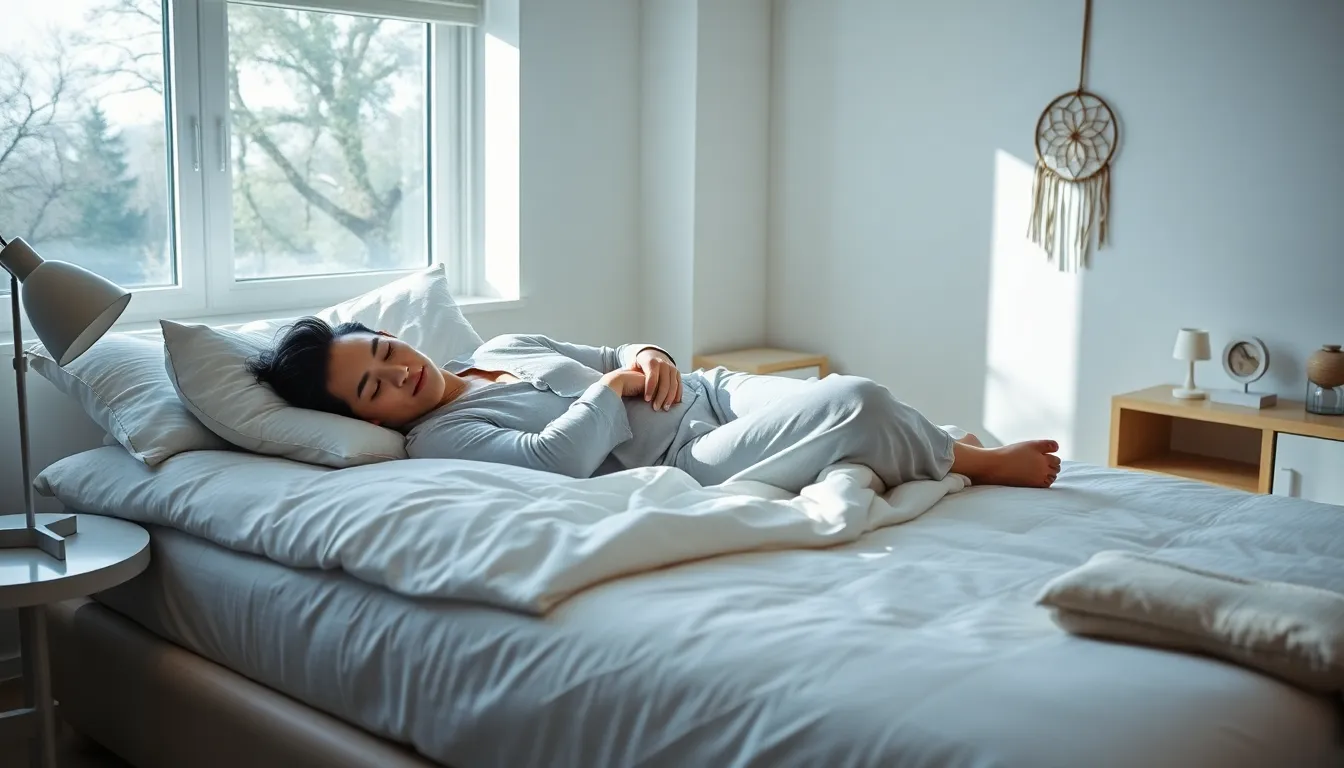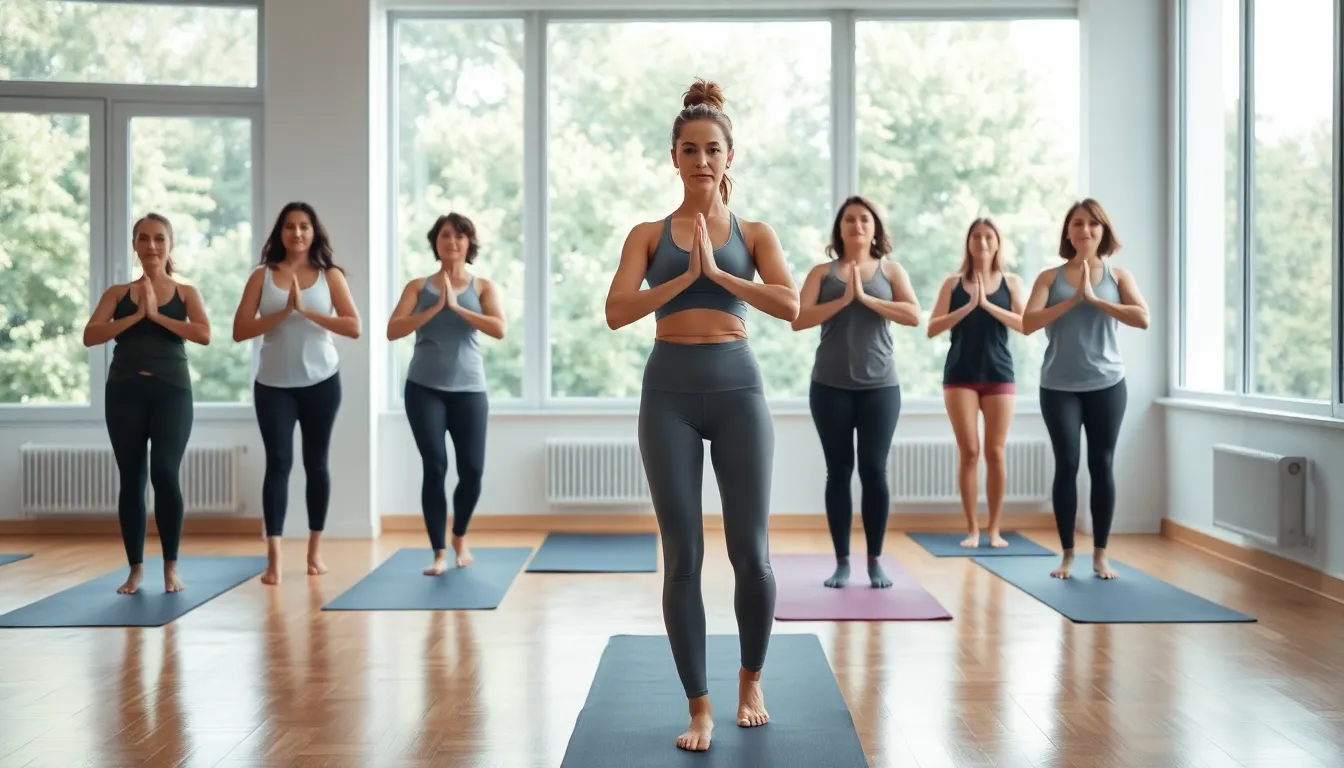Active sleeping sounds like a contradiction, right? It’s like trying to convince someone that they’re awake while they’re dreaming. But what if we told you that there’s a fascinating state of slumber where your mind and body engage in remarkable ways? That’s right. Dive with us into the curious world of active sleeping, where your body can be recharging while your brain dances through a whirlwind of activity. Stick around: by the end, you might just want to hit the hay a little earlier tonight.
Table of Contents
ToggleWhat Is Active Sleeping?

Active sleeping is a term that refers to various sleep states where bodily functions and brain activities are anything but dormant. Essentially, it describes a situation when a person experiences notably high levels of brain activity during sleep, similar to being awake, but still blissfully unaware of their surroundings. This state can manifest as dreaming vividly, think of a movie playing in your mind, or even as physical responses like moving or twitching. It’s a complex dance between the conscious and subconscious mind. Essentially, while the body relaxes, the mind may engage in really intense problem-solving or creative thinking. It’s the wonderland of sleep where almost anything can happen.
But this isn’t just some whimsical concept. Active sleep shows up prominently during the rapid eye movement (REM) phase of sleep, often referred to as the more dynamic phase of our nightly adventure. During REM sleep, the brain processes emotions, consolidates memories, and engages in imaginative scenarios, which can be vital for learning and mood regulation.
The Science Behind Active Sleeping
The scientific foundation of active sleeping is underpinned by sleep research that segregates sleep into distinct stages: REM and non-REM. During a typical night, our bodies cycle through these various stages multiple times. Non-REM sleep comprises stages of deep sleep, essential for physical recovery, while REM sleep acts as a sort of brain gym.
Neuroscientific studies show that during REM, brain activity spikes, resembling levels seen when an individual is awake. This state of high brain activity is closely linked to learning and problem-solving capabilities. For instance, research done at Harvard University found that those who experience longer durations in REM sleep perform better on tests requiring creativity and insight. This shows that while we rest, our brain remains busy, building connections, sifting through information, and even rehearsing for real-life scenarios.
Benefits of Active Sleeping
Engaging in active sleep can offer numerous benefits, both mentally and physically. Here are just a few:
- Enhanced Memory Retention: One of the most significant benefits of active sleeping is improved memory consolidation. When the mind is actively processing information during REM sleep, it strengthens memory pathways, making recollection more efficient.
- Emotional Regulation: Regular occurrences of active sleep help manage emotions better. The brain uses this time to process feelings, sort through the day’s events, and apply emotional lessons, leading to enhanced emotional resilience.
- Creativity Boost: Dreaming is often linked to creativity. Engaging in active sleep allows for lateral thinking and new connections to arise, which can aid problem-solving and artistic endeavors.
- Physical Recovery: Active sleep can support physical recovery through more profound sleep cycles that enhance the release of growth hormones. This process is critical for repairing muscles and overall physical health.
Techniques to Enhance Active Sleep
Curious about how to experience more of this beneficial active sleep? Here are some techniques to consider:
- Create a Regular Sleep Schedule: Going to bed and waking up at the same time daily helps regulate internal clocks, setting the stage for a richer sleep experience.
- Practice Relaxation Techniques: Engaging in meditation, deep breathing, or mindfulness before bed can promote a more restful sleep pattern, paving the way for engaging active sleep cycles.
- Limit Light Exposure: Reducing exposure to screens and artificial lighting an hour before bed prepares the brain for sleep by signaling the production of melatonin, the sleep hormone.
- Use Sleep-Friendly Environments: Consider sound machines, black-out curtains, or aromatherapy to create a peaceful environment conducive to sleep.
- Stay Active: Regular physical activity during the day can increase the chances of entering deeper sleep stages, where active sleep occurs.
Common Myths About Active Sleeping
Even though its intriguing nature, many misconceptions surround active sleeping. Let’s myth-bust a few:
- Myth 1: Active sleeping is just a fancy term for insomnia.
This isn’t true. Active sleeping refers to dynamic sleep phases like REM, while insomnia pertains to inability to sleep or stay asleep.
- Myth 2: You can’t control your dreams during active sleep.
While many people have lucid dreams where they can exert some control, not everyone experiences this consistently. It varies widely between individuals.
- Myth 3: More dreams mean less rest.
Actually, dreaming is a sign of active sleep, often linked with restorative benefits. A person can achieve revitalizing sleep even with vivid dreams.
Personal Experiences and Case Studies
There’s a wealth of anecdotal evidence and case studies about the phenomena of active sleeping. For example, athletes have reported waking up from dreams of their practices or competitions, feeling mentally prepared and rejuvenated for the day ahead.
In another study focusing on young students, researchers found that those who engaged in active sleeping during exam periods showed significant improvement in test scores. They attributed this to the extra cognitive processes happening during REM sleep.
Also, artists have often recounted experiences of using their dreams to fuel creativity, leading to groundbreaking work in various artistic fields. The tales of Salvador Dalí, who famously used active sleep to inspire his surreal paintings, exemplify the potential intersection of dreaming and creativity.








